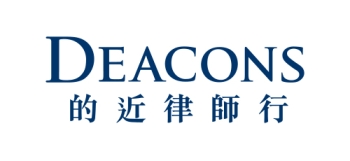In 2017, the Chinese government implemented a nationwide system of special administrative measures for foreign investors’ access to the Chinese market (Negative List). In the same year, the Chinese government also released a catalogue of the encouraged industries for foreign investment (Catalogue of Encouraged Industries). The government amended the Negative List in each of 2018 and 2019 by reducing the number of restricted and prohibited industries for foreign investment from 63 (in 2017) to 40 (in 2019). The Catalogue of Encouraged Industries was also amended in 2019.
On 19 January 2020, China’s National Development and Reform Commission announced that it would amend the Negative List in 2020 to further open up market access for foreign investment. In addition, China will also step up its efforts in opening-up pilot free trade zones which have been used as a testing ground as part of its economic reform strategy.
On 10 March 2020, China’s State Council announced that in the face of the impact of the coronavirus pandemic, it would launch six measures to stabilise foreign trade and foreign investment in China. Such measures include, among others, stepping up efforts to shorten the Negative List, and expanding the Catalogue of Encouraged Industries to enable foreign investors in more sectors to benefit from preferential policies for tax and others.
With respect to the release of the new Negative List, the Chinese government stated that it would speed up the relevant process so that the 2020 Negative List can be released earlier than usual[1].
As for the new Catalogue of Encouraged Industries, the Chinese government said that it would move forward to expand the scope of the encouraged industries, and focus on the promotion of high-quality development of the manufacturing sector. Moreover, the new Catalogue of Encouraged Industries is expected to further develop the potential of China’s central, western and northeast regions in supporting the inter-regional industrial transfer in China.



